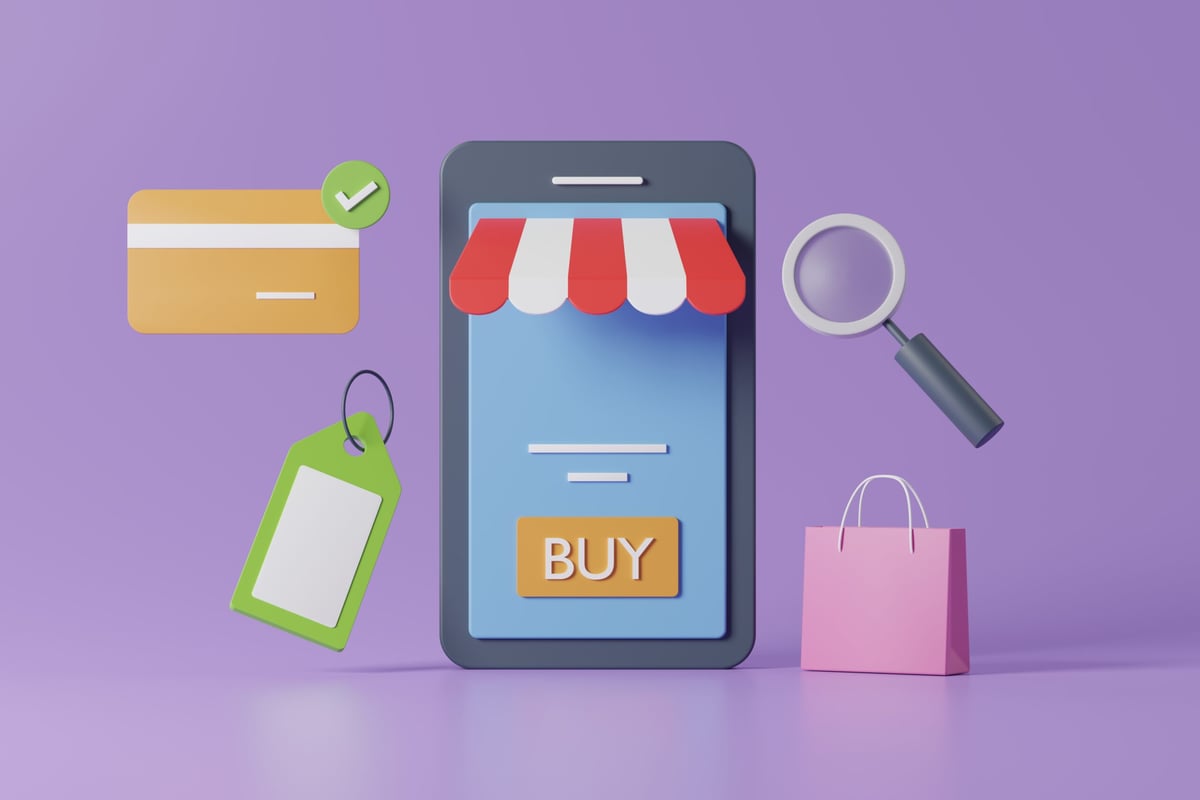
The Future of eCommerce: Trends, Technologies, and Prediction
As we navigate through the digital age, eCommerce continues to evolve, driven by technological advancements, changing consumer behaviors, and the global business landscape. Here’s a glimpse into the future of eCommerce, highlighting some key trends and predictions.
- Mobile Commerce (mCommerce): With the proliferation of smartphones, mCommerce is set to dominate the eCommerce landscape. Consumers are increasingly using their mobile devices for shopping, making it essential for businesses to optimize their websites for mobile and invest in mobile apps.
- Artificial Intelligence (AI) and Machine Learning (ML): AI and ML are revolutionizing eCommerce by providing personalized shopping experiences. From product recommendations to customer service chatbots, AI is helping businesses understand and cater to their customers’ needs more effectively.
- Voice Commerce: The rise of smart speakers like Amazon’s Alexa and Google Home is paving the way for voice commerce. As voice recognition technology improves, more consumers will use voice commands to shop online.
- Augmented Reality (AR) and Virtual Reality (VR): AR and VR are enhancing the online shopping experience by allowing customers to try products before buying. For example, furniture retailers are using AR to let customers visualize how a piece would look in their homes.
- Green eCommerce: As consumers become more environmentally conscious, businesses are adopting sustainable practices. This includes eco-friendly packaging, carbon-neutral shipping, and sustainable sourcing.
- Social Commerce: Social media platforms are becoming shopping platforms, with features like Instagram’s “Shop Now” button and Facebook Marketplace. Social commerce is expected to grow as businesses leverage these platforms to reach their target audience.
- Omnichannel Shopping: Consumers are increasingly using multiple channels in their shopping journey. Businesses will need to adopt an omnichannel approach, providing a seamless shopping experience across all touchpoints.
- Blockchain Technology: Blockchain can enhance transparency and security in eCommerce. It can be used for secure payments, tracking supply chains, and preventing counterfeit goods.
- D2C Sales: More manufacturers are expected to sell directly to consumers, bypassing retailers. This Direct-to-Consumer (D2C) trend allows businesses to have more control over their brand, customer experience, and profit margins.
- Personalization: Personalization will continue to be a key trend in eCommerce. Businesses will use data and AI to provide personalized product recommendations, content, and offers.
The future of eCommerce is exciting, with endless possibilities. Businesses that adapt to these trends and embrace innovation will be well-positioned to succeed in the evolving eCommerce landscape.

Great information